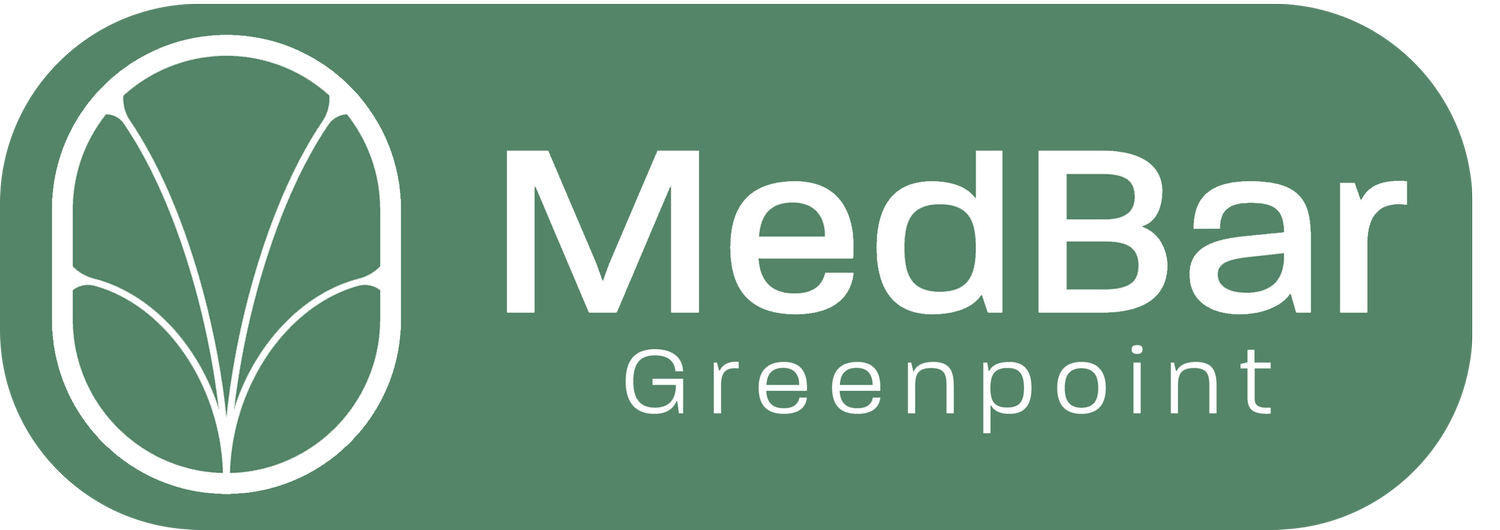Golfer’s Elbow: Unpacking the Pain and How Physical Therapy Can Swing Relief Your Way
The world of golf, with its serene greens and meticulous focus, may seem like a low-impact sport. However, for many players, the repetitive motions and forceful swings can lead to a condition known as "Golfer's Elbow." Even if you've never swung a club in your life, this condition isn't exclusive to golfers. In our physical therapy clinic, we frequently encounter individuals with this ailment, and we're here to help you understand it better and navigate a path to recovery.
Understanding Golfer’s Elbow
Medically termed "medial epicondylitis," Golfer's Elbow is a condition characterized by pain where the tendons of your forearm muscles attach to the bony bump on the inside of your elbow. This pain can sometimes extend into your forearm and wrist.
The primary cause? Overuse of the muscles, particularly due to repetitive wrist and finger motions. While golf is a common culprit, any repetitive hand or wrist movement can lead to Golfer's Elbow.
Symptoms to Watch Out For
Pain and tenderness on the inside of your elbow
Stiffness in the elbow
Weakness in the hands or wrists
Numbness or tingling sensations in the fingers, especially the ring and little fingers.
The Role of Physical Therapy in Managing Golfer's Elbow
Physical therapy stands at the forefront of non-invasive treatments for Golfer's Elbow, offering a range of interventions tailored to individual needs:
Personalized Exercise Programs: Strengthening and stretching exercises can alleviate pain and prevent recurrence. For golfers, this might also involve techniques to improve swing mechanics.
Modalities for Pain Relief: Techniques like ultrasound, ice massages, and electrical stimulation can help reduce pain and inflammation.
Manual Therapy: Targeted manipulations and massages can help increase mobility and decrease pain.
Ergonomic and Activity Guidance: Therapists provide advice on modifying activities and workstation setups that could be aggravating the condition. For golf enthusiasts, this may involve tweaking their playing technique.
Bracing and Taping: Therapeutic taping techniques or braces can offload stressed muscles and tendons, promoting healing.
Education: It's not just about treatment; it's about prevention. Physical therapists can offer invaluable advice on avoiding future flare-ups, from warm-up techniques to recognizing early warning signs.
Conclusion
While its name may mislead some, Golfer's Elbow affects more than just those who frequent the golf course. Whether it's from sports, work-related tasks, or other repetitive activities, medial epicondylitis can be a painful hindrance. Thankfully, with the right guidance and intervention from physical therapy professionals, pain can be addressed, and a return to normal activities (or the golf course) can be a foreseeable future. If you or someone you know is experiencing elbow pain, remember: our doors are always open, and our experts are here to help. Swing by and let's get you back in the game!
